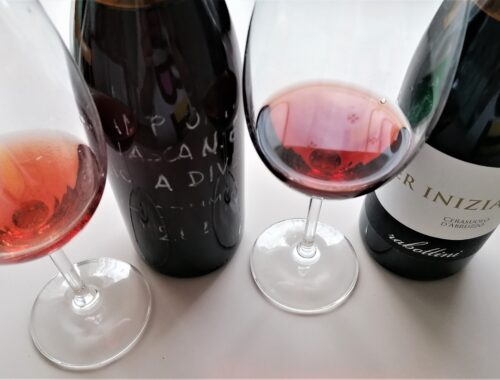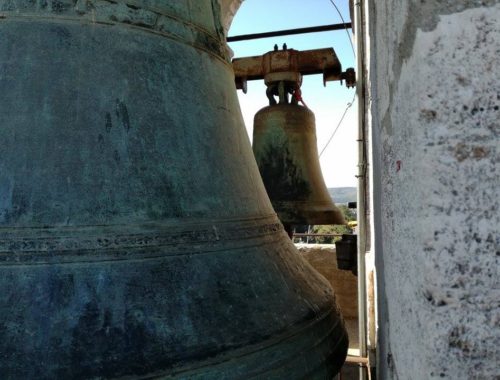“The black grape Piedirosso rather than belonging to a DOC (the common Italian appellation) should be classified as DON: Neapolitan Designation of Origin“: this is is how Gerardo Vernazzaro of Cantine Astroni dei Campi Flegrei (in Campania, Southern Italy) introduces this black grape variety. They have tried anything: different grafts, rootstocks, vine training and so on, but there is little to with Piedirosso, the grape variety of Campania complementary to the more popular and powerful Aglianico: it is characterized by low productivity and it’s very difficult to manage. The best results come, nearly exclusively, from Naples and relative appellations such as Vesuvio, Penisola Sorrentina, Campi Flegrei. And it is precisely the production area of the Campi Flegrei that I tend to prefer among the volcanic production ones.
Indolent grape variety that produces wines generally pale in color, medium-bodied and with limited tannins (for this reason, especially in the past, used in blends to “lighten” Aglianico) and which joins the white Falanghina, another very representative variety of the territory which offers completely different results compared to the best known Falanghina del Sannio (province of Benevento, inland of the Campania).
The territory imparts its features so incisively to push Gerardo and Emanuela (together at work and in life) to focus their communication more on the territory than on the grape variety. This, beyond the corporate image, testifies the investment of this excellent company on quality – also in terms of respect for territory – which, not surprisingly, is reflected across the entire wine range. In fact, it is difficult to select their top wines. Generally speaking, it is evident that the different expressions of Falanghina dei Campi Flegrei play their identity on “mineral” notes on the nose about which we can discuss the nuances (ash or smoke, flint or rocky flavours) rather than on fruit notes (citrus) and flowers (white or yellow in the more mature whites) while still present. Furthermore, on the palate, the salinity clearly delineates the profile to make them perfectly recognizable (remembering marine or even oyster notes) but always in balance with a texture softened by the contact with the fine lees. The reds from Piedirosso, while also assuming different traits depending on the vintage and the choices in the vineyard and in the cellar, often come with red fruits and earthy hints on the nose, all light and elegant, with good acidity and – in some cases – a bittering sensation that enhances the territoriality that they fully express bottle by bottle.











